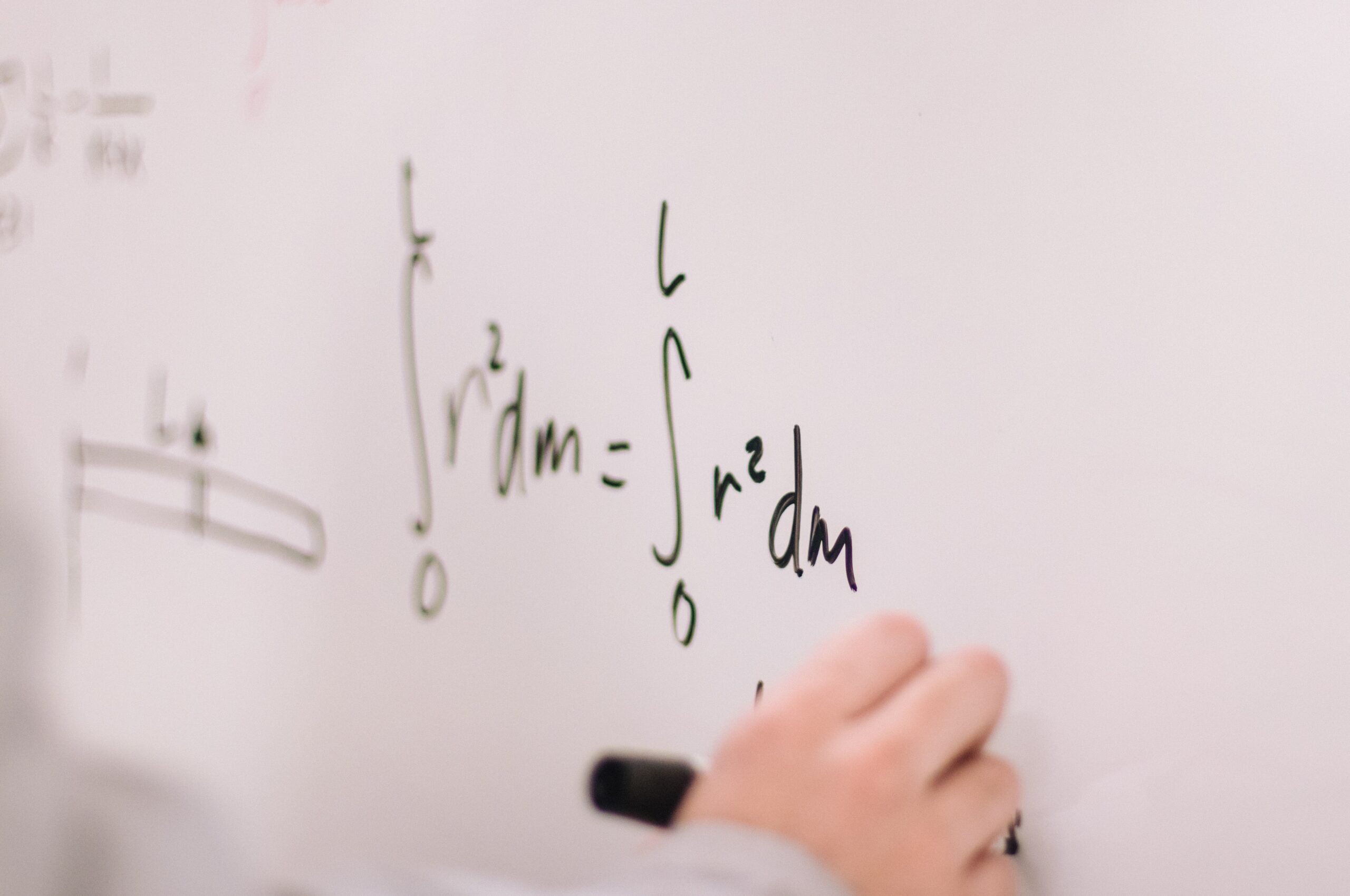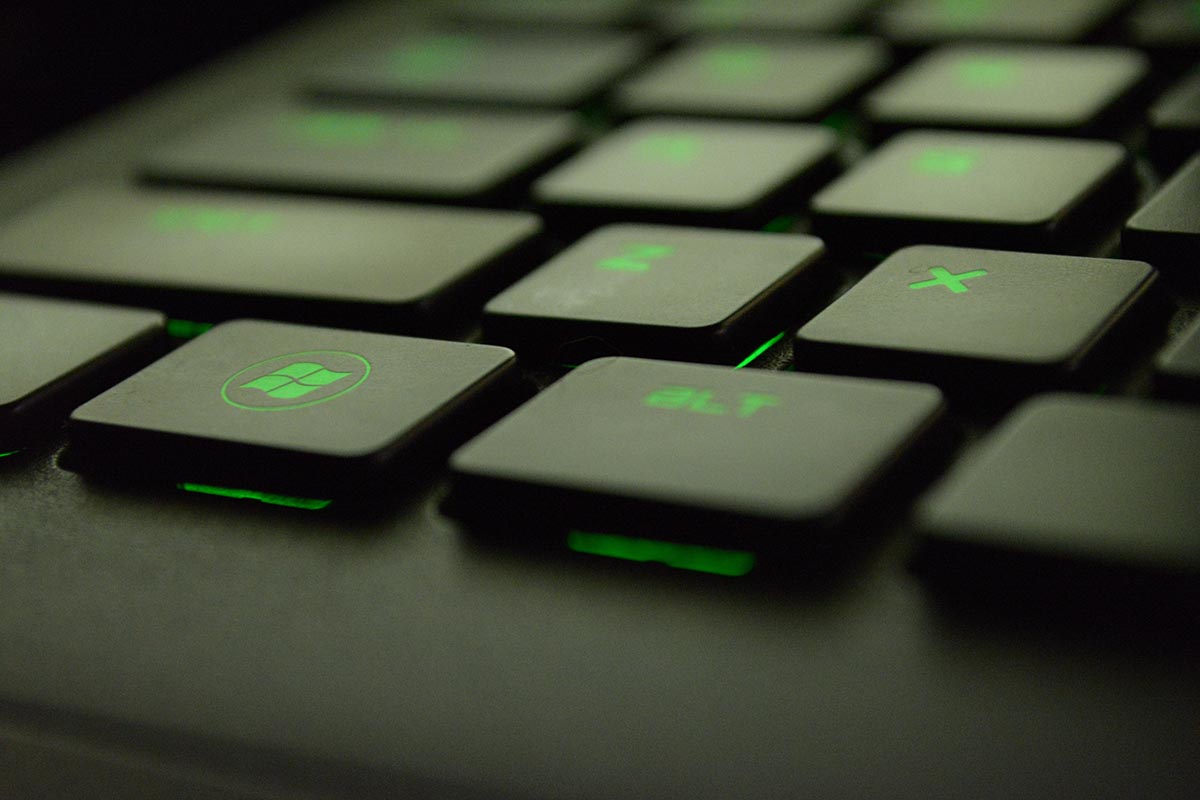Innovative Math Project Topics That you Should Try
Maths is a mind-boggling subject. Interesting topics must be chosen so that students learn and develop their work. Innovative maths projects assist learners in gaining a wealthier, profound, and more skillful mathematical knowledge. To fully comprehend how math is connected to one‘s everyday lives, arithmetical concepts are introduced on an actual basis.
Innovative maths projects help the teacher strategies and give an easy outlet for the students. Such exercises can be modified for learners of all ages and skills. Working on math-related initiatives with students is an effective way to keep their interest and split up the monotony of the traditional classroom regimen. It makes sure students don’t get bored and are as invested in the teachers’ subject.
Innovative math project topics
The following types of creative math project topics can be tweaked to suit the needs of primary and secondary school math classes:
Harmonograph
It takes three to four minutes to make enormous appealing spatial patterns and designs called harmonographs. A harmonograph is a sketching device that is fueled by movement. It utilizes swaying rotating blades, an oscillatory ballpoint pen, or pen.
For example, you can see how energy is transferred between the pen/pencil and the pendulum when the pendulums are progressing and the pen/pencil is undulating. A Micrometer Pen, Electrostatic Balls, Bendable Assistance Brackets, Hardboard, and Wooden Dowel rods are all you’ll need. This makes for an interesting project, and students will get both practical and theoretical knowledge from this.
Makedo windfall
Geometry is fun and challenging. It’s a wild world offering a range of problems and everyday solutions. Makedo Windball, as a geometric project, is both accessible and distinctive. Essentially, all you have to do is put together a few simplified cartons and turn them into a piece of artwork. The program’s fundamental idea is genuinely quite conceptual; it demonstrates there’s no such thing as a truly spherically symmetric universe.
You might think that gravity prevents us from forming a perfect sphere by affecting the shape of the earth or a raindrop, but even if gravity didn’t exist, we wouldn’t be able to form a perfect sphere. This can be demonstrated by zooming in far enough to see the corners of particles. You can also show that spheres are composed of blocks, polygons, or quadrilaterals. This makes for a great maths project topic.
The best way to grasp this concept is to use a Makedo windfall. You’re transforming something that was previously square into a sphere.
Makedo Cardboard or Makedo Cardboard Building Toolboxes and 12 x 12 Cardboards are two items you’ll need. The correct method to comprehend this concept is to use a Makedo windfall.
To start, you’ll need 32 12-inch squares. You’ll notice a few shortfalls in the form of polyhedral and tetrahedral when you link them all. You’ll need relatively small squares to fill in that disparity to make it smaller. You’ll get closer to the spherically symmetric as you make your squares narrower. However, please remember that no matter how round you make it, it still has tiny holes and would not be a perfect circle.
Euler’s disk
Euler’s disc is a large disc that is a fantastic scientific gadget that each instructor must own. It utilises scientific and mathematical principles to show different calculations of forces. It also uses geometry for its working.
The Euler’s disc is used to educate students about magnetic waves, dynamism, and gravitational pull. It clearly illustrates energy efficiency and exposes the concepts of kinetic energy and potential energy. It also teaches children about the different mathematical tools in place.
Using slicing technique to know about volume
This project idea is based on Calculus, and it’s an excellent opportunity to show how area and volume are associated. The students will understand that area and volume are two-dimensional and three-dimensional, respectively. Quantity is the total number of regions because we can get a three-dimensional artifact by merging these double objects.
We could indeed discover it using the concept of trying to add the region of a two-dimensional object. So, if you cut the vase into spirals, everything would be simple, and you’ll be able to compute the quantity of your vase with great accuracy. The materials you’ll need to complete this project are Beads, a ceramic vase, and chipboard paper. This will be a fun project to do with kids.
Triangle and pyramid of Seprinski
Most students have little knowledge of fractal geometry and are uninformed that all these spatial constructions have a variety of applications in natural science, computer animation, and engineering. A Self – similar triangle is one of the most basic spectral forms.
The Sierpinski triangle is a fractal, and visually striking repaired collection with an evenly spaced triangle’s overall form partitioned iteratively into smaller equilateral triangles. It’s a delightful way to demonstrate how well a simple equilateral triangle can be used as a pattern to create a unique structure.
Legos are an enjoyable toy for kids of all ages, and they’re ideal for creating fractals. If your students are interested in shape, this design is a good choice. The above project works mathematics into a game and art.
Pythagorean theorem model
For the supplies, you require a lego set as well as a base plate. Some lego boxes are perfect for geometrical parameters and math initiatives. Plus, combining kids, bricks, and legos is ideal for encouraging creativity and building in students of all ages.
First and foremost, you must choose which triangular shape you will use to demonstrate evidence. Assume you’d like to make 6–8–10. Then you’ll need 36 + 64 + 100 legos, for a total of 200. This will help you in clear demonstration and easy understanding for the students. It can be an excellent maths project topic to work upon.
Calculating Pi using toothpicks
Most students only associate pi with the radius of the circle. Nevertheless, pi can be found throughout the environment and in mathematics. Buffon’s needle research project, about statistical data, is among the finest examples to demonstrate this declaration.
A board, toothpicks, and a marker are all you’ll need. Your students can find pi by simply dumping toothpicks onto the cardboard. First, take measurements of the toothpicks and draw the lines with distance among lines equal to the toothpicks’ length. Then you toss your toothpicks into the air and tally how many of them transcend the sections and how many do not.
Then pi will equal 2 * (the fair few times you drop a toothpick / the amount of times toothpicks cross the threshold). This is a perfect way to teach basic concepts to kids.
Innovative Math Project Topics: Conclusion
The projects mentioned above help to relieve the stress of learning and improve problem-solving abilities. These are great ways to improve understanding and equip children to be curious and question everything. Use these Maths projects topics today.





















